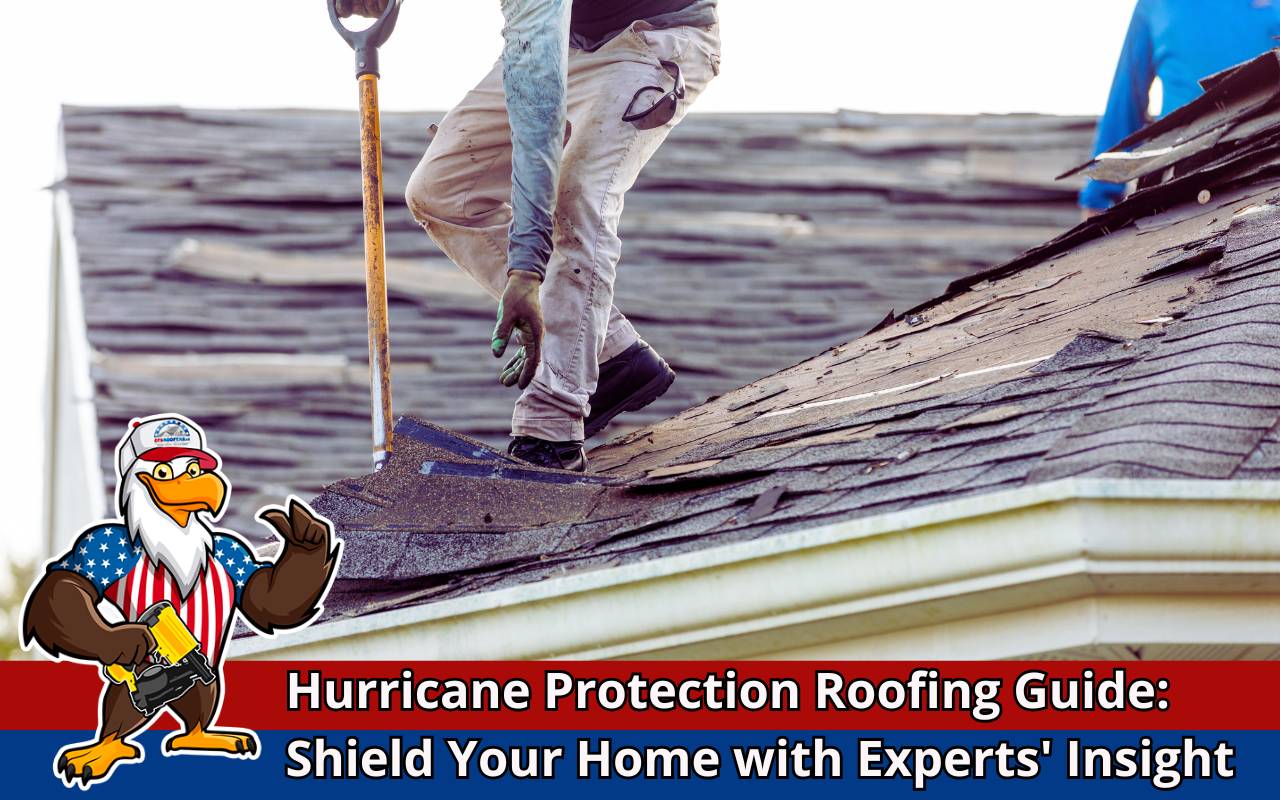
When hurricane season approaches, securing your home becomes urgent. Your roof is the first defense against nature’s power. Many homeowners overlook its importance, leaving their property vulnerable. A comprehensive hurricane protection roofing guide helps you understand strategies to protect your home effectively. This guide simplifies material choices, installation techniques, and expert tips. By learning roof durability essentials, you can make decisions that ensure safety and peace of mind. Let’s explore how to transform your roof into a shield against the storm.
Understanding the Importance of Hurricane-Proof Roofing
Hurricane-proof roofing is not a luxury but a necessity. It ensures safety, resilience, and protection of property value. A roof designed for strong winds reduces structural damage, leaks, and emergency repairs. Following a hurricane protection roofing guide reveals how engineered components create a barrier against storms. Reinforced trusses, impact-rated shingles, and secure flashing systems strengthen this shield. Additionally, communities benefit since fewer damaged shingles turn into flying debris. Insurance providers may even reduce premiums when roofs meet higher standards.
Evaluating Your Roof’s Current Vulnerabilities
Before improvements, inspection is crucial. Check shingles, tiles, or panels for curling, cracks, or rust. Review flashing around chimneys, vents, and skylights for gaps. Inspect attic rafters for sagging or damp spots. Evaluate the underlayment for compromised areas. Roof shape and pitch also affect wind performance. Documenting these issues provides a roadmap for upgrades.
Choosing the Right Materials for Hurricane Protection
- Architectural asphalt shingles with multi-layer laminates offer strong wind resistance.
- Concrete and fiber cement tiles interlock securely for extra strength.
- Metal standing seam roofing is durable, lightweight, and water-shedding.
- Synthetic slate and shake provide flexibility and impact protection.
Always verify wind ratings, warranty, and installation guidelines. The right materials combined with fastening systems ensure compliance with codes in hurricane-prone regions. For professional guidance, explore our roofing services.
Impact-Resistant Roofing: Benefits and Considerations
Impact-resistant materials reduce damage from debris. Class 4 products under UL 2218 provide top protection. Shingles, tiles, or reinforced underlayment add resilience. Though costly upfront, benefits include fewer repairs, lower premiums, and property value increases. Some regions offer rebates for certified materials. Pairing strong shingles with proper fastening boosts defense further.
Reinforcing Roof Structures: Best Practices and Techniques
- Install hurricane straps or clips to secure rafters to wall plates.
- Use ring-shank nails for stronger sheathing connections.
- Apply adhesives between sheathing and rafters to prevent shifting.
- Consider diaphragm fasteners for enhanced wind load distribution.
These reinforcements create a continuous load path, helping roofs withstand severe wind uplift. Consult our experts in emergency roofing services for tailored solutions.
Sealing and Waterproofing Strategies for Added Protection
Structural strength is not enough without waterproofing. Peel-and-stick membranes protect eaves, valleys, and vulnerable areas. Elastomeric coatings seal cracks, reflect UV, and enhance water resistance. High-quality sealants around vents and skylights prevent intrusion. Regular reapplication ensures barriers remain effective against heavy rains.
Hiring Professional Roofing Experts for Hurricane Preparation
Qualified contractors ensure compliance with codes and manufacturer standards. Look for certifications, warranties, and liability insurance. Ask about hurricane-related projects and references. Documentation of materials and techniques guarantees accountability. Partnering with professionals ensures your hurricane protection roofing guide is executed flawlessly. Reach out today through our contact page to connect with certified experts.
Insurance Considerations for Hurricane-Proof Roofing
Upgraded roofing can mean insurance discounts. Insurers recognize impact-rated shingles and metal systems as safer. Keep detailed records, certifications, and photos of improvements. These documents speed claims and secure fair coverage. Insurance coordination is an essential step in your hurricane protection roofing guide.
Maintaining a Hurricane-Resilient Roof Over Time
- Inspect your roof twice yearly, especially after storm seasons.
- Clear gutters and valleys to avoid water backup.
- Trim nearby tree branches to prevent storm damage.
- Reapply sealants and coatings as needed to maintain waterproofing.
Prompt repair of damage preserves roof strength. Monitoring attic ventilation also prevents moisture buildup. Proactive care extends roof performance.
FAQs About Hurricane Protection Roofing
How often should I inspect my roof before hurricane season?
Inspect your roof at least twice yearly, focusing on storm preparation and post-storm evaluations.
Which roofing materials perform best in hurricanes?
Metal roofing, concrete tiles, and impact-rated asphalt shingles are strong performers in hurricane conditions.
Can I reinforce an older roof for better hurricane resistance?
Yes, adding hurricane straps, stronger nails, and membranes improves older roofs significantly.
Does insurance always reward hurricane-proof upgrades?
Not always. However, many insurers offer premium reductions for certified roofing upgrades.
Why hire professionals instead of DIY upgrades?
Professionals ensure compliance with codes, proper installation, and lasting warranty-backed performance.
Ensuring Long-Term Safety and Security
Following this hurricane protection roofing guide empowers homeowners with proven strategies. Material selection, structural reinforcements, expert installations, and insurance coordination all build resilience. Consistent maintenance ensures lasting safety. Investing in hurricane-proof roofing today guarantees peace of mind tomorrow. Explore more at our roofing services hub and secure your home’s future.
